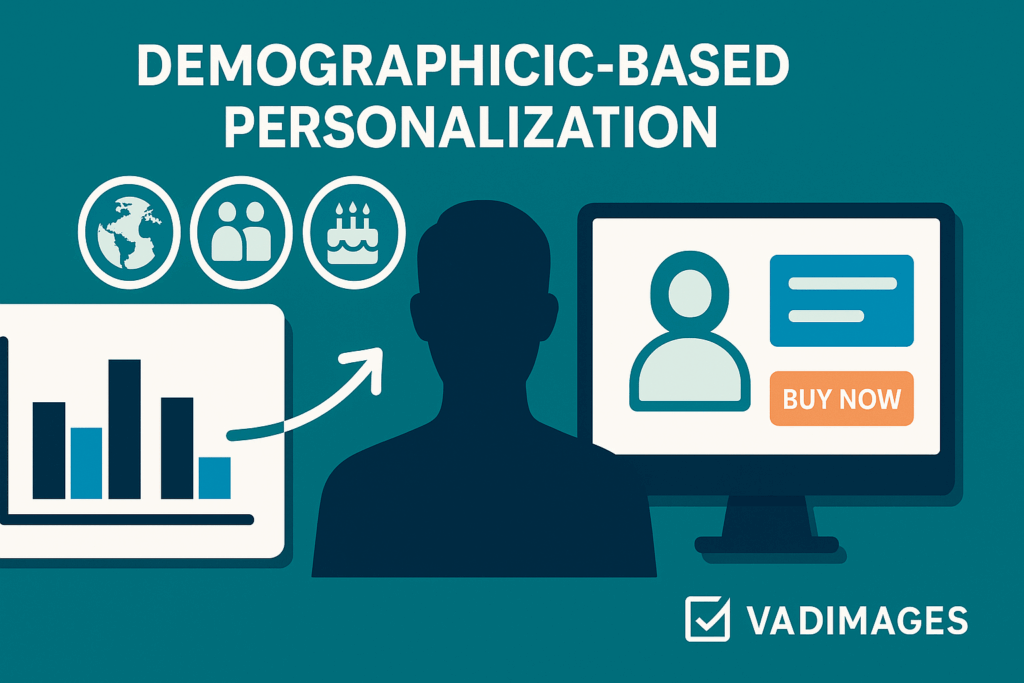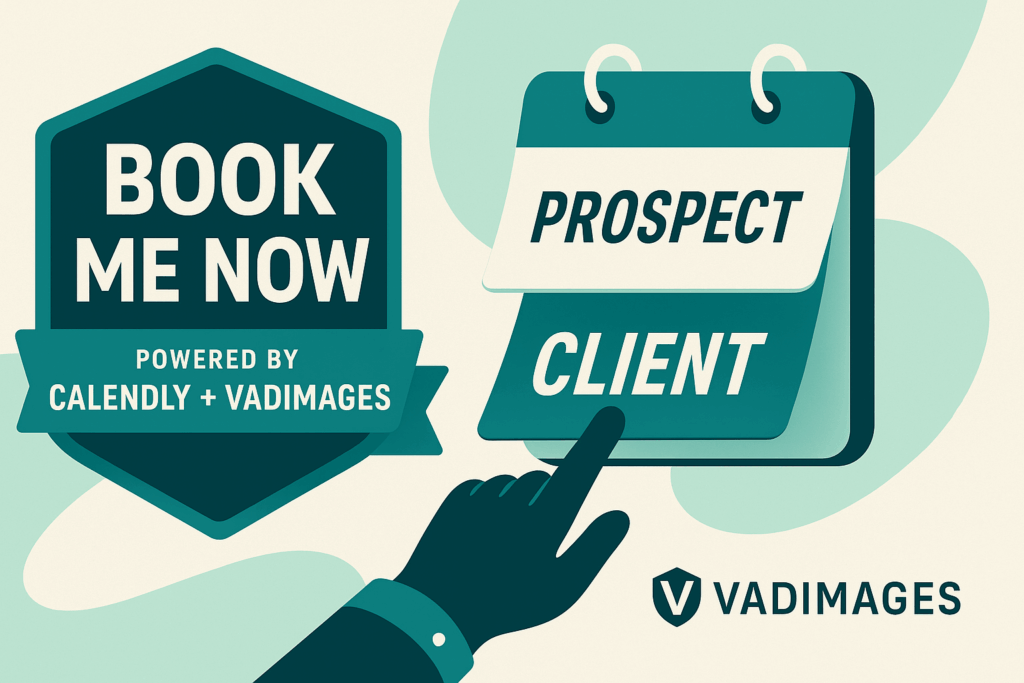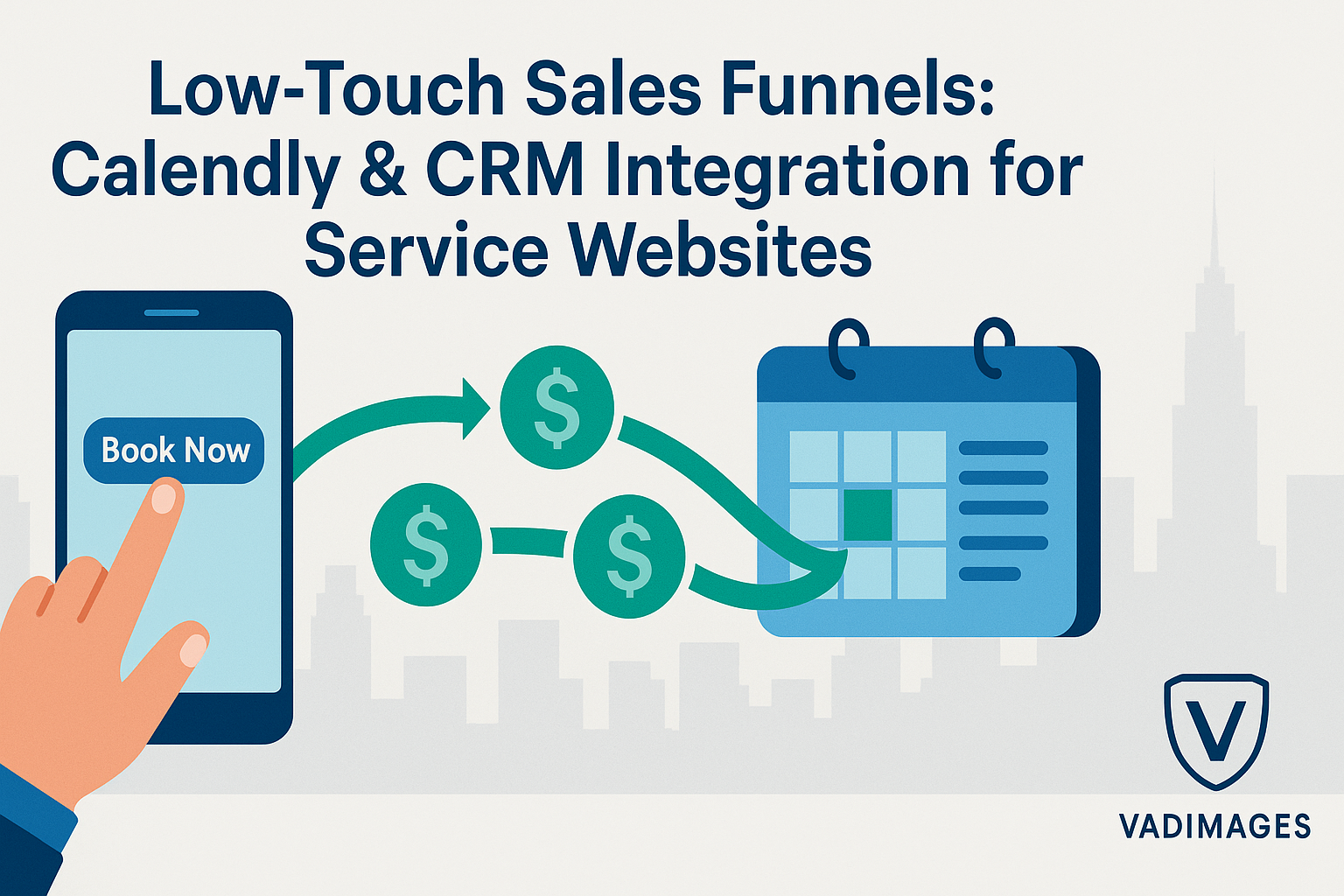Why Service Sites Bleed Leads Without Self-Booking
Every missed call or unanswered chat nudges a prospect toward a faster-moving competitor. Market researchers now project the appointment-scheduling software space to hit $891 million by 2031, compounding at more than 13 percent a year, precisely because buyers refuse to wait for a callback. When self-booking is added to a local service website—whether that service is legal consulting, HVAC repair, or B2B marketing—revenue jumps an average of 37 percent, according to Webflow’s survey of SMB case studies. The signal is clear: in the United States, where seventy-six percent of shoppers read a company’s site before committing, frictionless scheduling is the new trust badge.

Architecting a Low-Touch Funnel with Calendly
Calendly dominates scheduling because the drop-off is almost zero: prospects pick a time, answer a couple of qualifying questions, and receive confirmations that sync instantly to Google, Microsoft, or Apple calendars. Eighty-six percent of the Fortune 500 already rely on it, a statistic that resonates with Main-Street owners who want enterprise-grade polish without the enterprise price. Embedding takes three minutes: choose an inline widget, drop the script into your booking page, and hide the legacy contact form. From that moment forward, clients choose their own slot—even at midnight—while automatic time-zone detection keeps East-Coast accountants from waking at 5 a.m. to meet West-Coast startups.
Marrying Calendly to Your CRM—The Technical Blueprint
A calendar slot is only step one; revenue lives in the follow-up. Calendly’s native HubSpot connector maps new meetings to contacts, adds timeline activities, and writes custom-question responses into deal properties, so your drip sequences launch the instant a date is claimed. Similar adapters exist for Salesforce, Zoho, and Pipedrive, and each integrates webhooks for edge-case automations such as Slack alerts or invoice creation. Vadimages typically deploys a serverless middleware on AWS Lambda to enrich payloads—think lead-source tagging from URL parameters—and to push no-show data back into the CRM for churn-risk scoring. The result: administrative workload drops roughly thirty percent, freeing owners to serve instead of shuffle timeslots.

From Calendar to Client: How Vadimages Delivers in 30 Days
American small- and mid-sized service firms rarely have the internal bandwidth to wire calendars, CRMs, and middleware without distraction. That’s where Vadimages steps in. Our Chicago-based project team audits your buyer journey, prototypes the embed on a staging domain, and scripts all CRM mappings—usually within two weeks. In week three we layer analytics so you can trace booked revenue back to original ad spend. By week four you’ll watch confirmed meetings glide from “Book Now” to “Closed–Won” with no human back-and-forth. We have implemented this exact architecture for law practices, cleaning franchises, and SaaS onboarding teams coast to coast, and every client has reported conversion lifts between twenty and forty-two percent within the first quarter.

